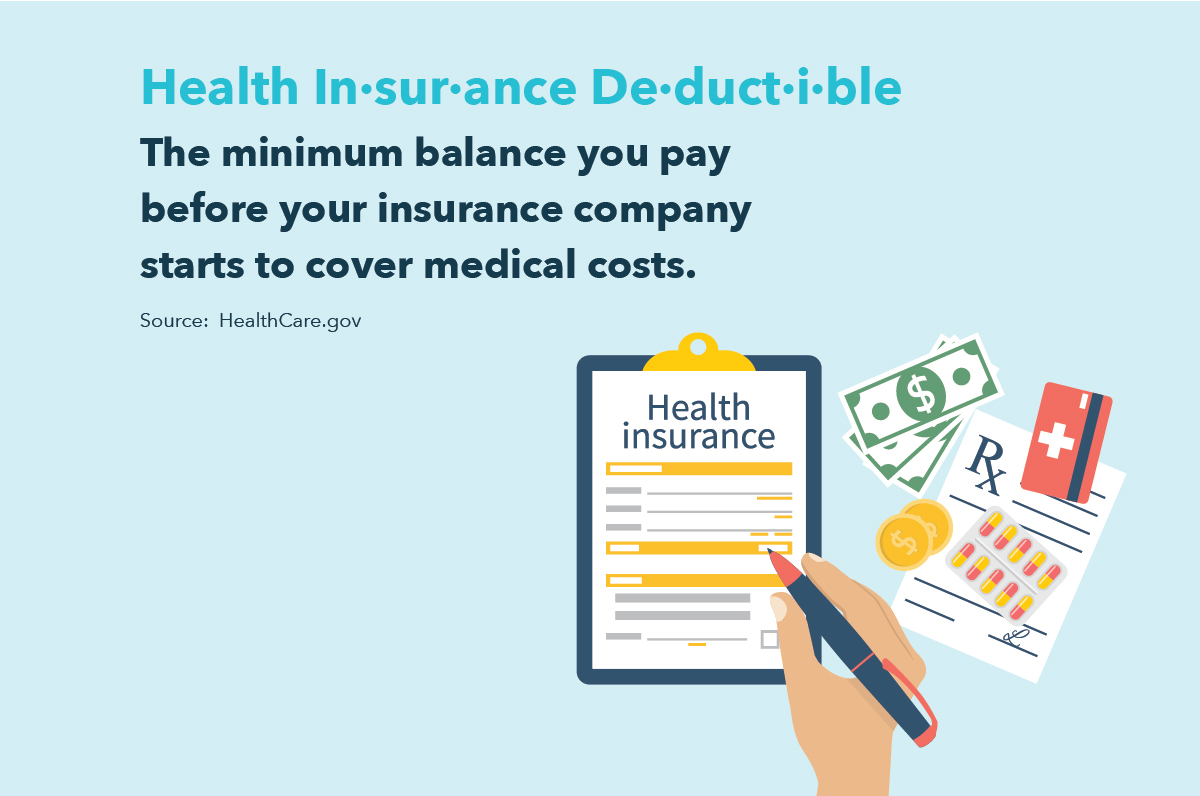Insurance protection can be challenging, particularly for occupants who don't know that they require to secure their personal effects. What is renters insurance and why do you require it? Select ... Select . (What does homeowners insurance cover).. OVERVIEW WHAT'S COVERED WAYS TO CONSERVE Frequently Asked Question.
The average renters insurance cost Have a peek here in the U.S. is $168 per year, or about $14 per month, according to Geek, Wallet's latest rate analysis. This quote is based upon a policy for a hypothetical 30-year-old occupant with $30,000 in personal residential or commercial property protection, $100,000 in liability protection and a $500 deductible. While the across the country average is a helpful baseline, occupants insurance coverage rates can differ considerably based on where you live and how much protection you require. The area of your home is a significant consider the expense of your occupants insurance. Examine Click here how much you can expect to spend for tenants insurance in your state below. If you live in the L.A. Basin or the Bay Location, you might end up handling a private insurance company for your regular tenants insurance coverage needs, and the CEA for supplemental earthquake protection. Before you verify your policy, meticulously brochure your house's contents. You need to offer your insurer with a rough accounting of these contents anyhow, however a more detailed evaluation is vital for your own records. Photo every item of worth that you own when your policy goes into result; to the level possible, conserve the purchase receipts for each item too. Do this for each huge purchase that you make after your policy goes into result too.
It seems like overkill, but it's a fairly little investment that can significantly increase the likelihood that your claim will be accepted if you experience a loss. Whereas homeowners with active home loans are usually required to insure their residential or commercial properties, tenants with active leases deal with no such mandate. Not surprisingly, numerous tenants pick to give up occupants insurance completely - What is gap insurance. Instead of getting separate or bundled occupants insurance plan, they choose to develop an emergency situation fund adequate to cover the expense of changing their apartment or condo's contents. Is this strategy right for you? It depends. Initially, it is very important to keep in mind that you can insulate yourself from specific types of danger namely, liability for bad luck that befall your visitors, maintenance workers, and your building's other tenants without guaranteeing all of your personal home.
Although it might be hard for you to make the financial case for bring content insurance instead of keeping an ample and well-managed emergency situation fund, it's more difficult to refute the advantages of basic liability coverage on your apartment. For starters, unguarded liability expenses can rapidly spiral out of control if a hurt guest requires to remain at the health center overnight, you're easily looking at a five-figure medical bill. No matter how close your relationship with the hurt guest, you shouldn't rely on excellent beautifies to secure you from legal action. When it concerns liability, friendly visitors are the least of your concerns.
The Facts About How Much Does Car Insurance Cost Uncovered
You'll likewise be responsible to neighbors who suffer property damage or injury as a result of a threat that comes from within your apartment or condo. Even if you bring liability coverage for 15 or twenty years before sustaining a claim, you'll probably pay far less than you would to settle a legal dispute over simply one over night hospital stay for which you're discovered liable particularly after accounting for legal charges. According to Insurance coverage. com, the national average cost of an occupants insurance coverage covering liability and personal effects with a protection limit of $100,000 and a $1,000 deductible is about $27 monthly, or $326 each year.
In more "harmful" locations where negative weather condition occasions are common and criminal activity is higher, premiums can surpass the average by 20% to 30%. When the alternative is an overall loss of furnishings, clothing, and electronic devices with a collective value of thousands or 10s of thousands of dollars, paying $326 each year or $3,260 over 10 years before inflation looks like a no-brainer. However, this heading figure is a bit deceptive due to elements such as your policy's deductible and coverage limitations. As you weigh the expenses and benefits of buying content coverage, it works to break your choices into these broad but distinct categories:.

Premiums on these policies are far greater than the national averages quoted above, however the tradeoff for this expenditure is assurance. If you seem like you require a top-tier policy, you probably have some costly or uncommon belongings, and you may require to examine riders or supplemental insurance coverage to guarantee that they're sufficiently covered. These policies come with low to moderate deductibles in between $300 and $500 and high protection limits (more than $50,000) - What is insurance. They're specifically beneficial for families or middle-class couples who plan to lease for the long term; typical policyholders have great deals of things to secure, but might not be able or happy to spend for top-tier protection.
With larger deductibles in between $500 and $1,000 and lower coverage limitations (in between $20,000 and $50,000), these policies are popular with younger, upwardly mobile occupants who make good earnings however haven't yet built up great deals https://penzu.com/p/d46b0f3c of high-value belongings or began families. They're helpful for securing electronics, clothing, and other crucial but not incredibly important products. Provided the size of the deductible and the potential for the cost of a total loss to exceed the policy's protection limit, your middle-of-the-road policy should be coupled with an emergency situation fund. Comparable to " devastating" health insurance policies, these instruments feature high deductibles of $1,000 or more and relatively low coverage limits (less than $20,000).